Pairing types of pasta with appropriate recipes or sauces need not be one of life’s great mysteries. When you know all of the types of pasta available to you, you can plan incredibly satisfying pasta dishes. Continue reading to learn popular types of pasta and when you can use each one.
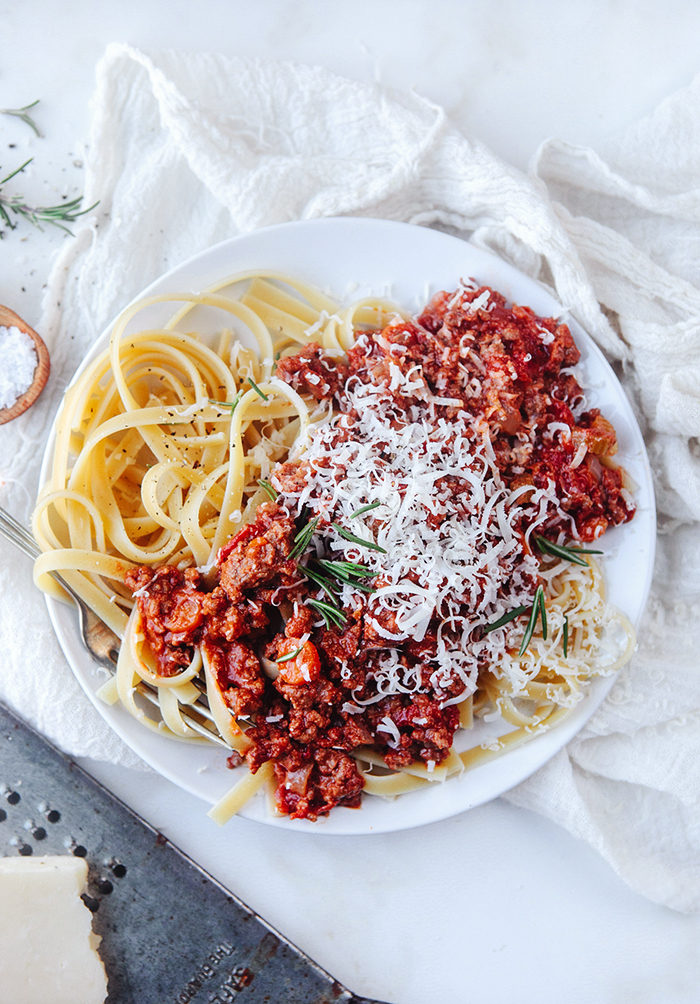
Technically, there’s no “wrong” choice when it comes to putting a specific type of pasta in a recipe. However, you may find that certain shapes or types of pasta are more harmonious in certain dishes. For instance, the same elbow macaroni that absorbs oozy cheese in creamy mac ‘n’ cheese might not be as effective when served with a thick, chunky tomato sauce.
The more you cook and experiment with pasta, the easily you can figure out what types of sauces or preparation methods are most appropriate for each type. To help kick-start your education, we’ve put together a primer of 20 common types of pasta and when to use them.
1. Angel hair
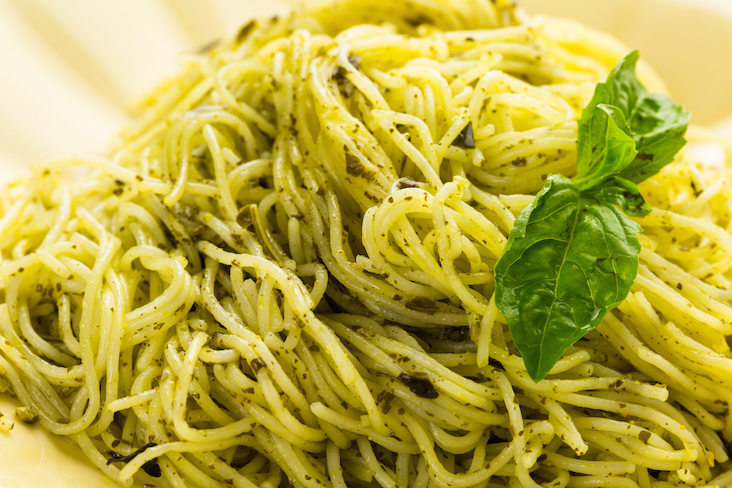
What it is:
Angel hair pasta are long, very thin and delicate strands of pasta.
How to use it:
This delicate and light pasta calls for lighter-textured sauces. Compound butters or thin, creamy sauces work well, but chunky sauces can be too heavy. It works well with our cacio e pepe recipe.
2. Cannelloni
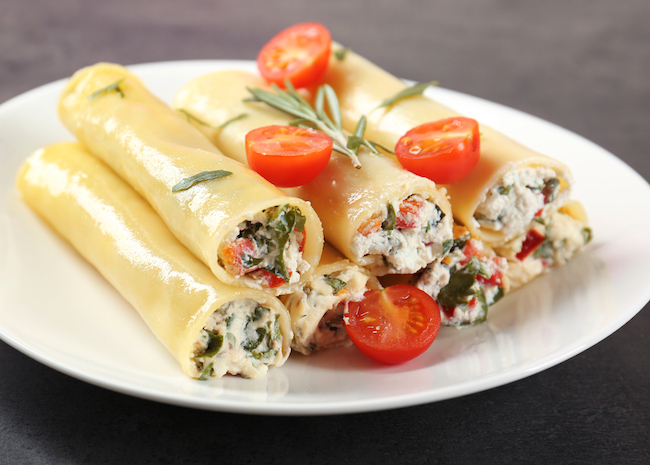
What it is:
Cannelloni is a large tube-shaped pasta. Think ziti, but then supersize it. Cannelloni has smooth sides, and manicotti has ridged sides.
How to use it:
Because of the size, it’s the ideal specimen for stuffing with fillings such as cheese or sauce. Often, either of these types of pasta will be filled and then baked as a casserole.
3. Conchiglie
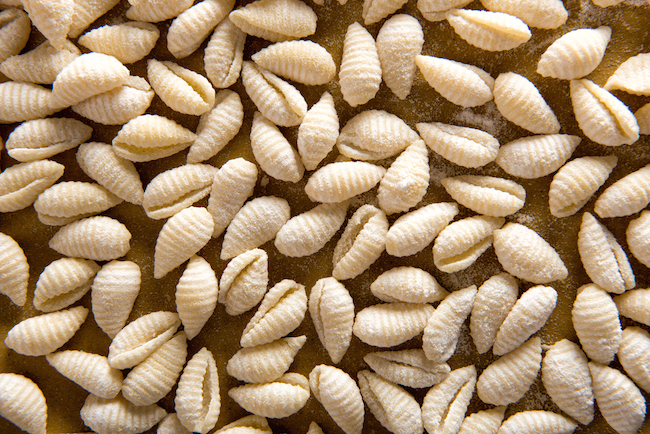
What it is:
Shell-like portions of pasta; available in a few different sizes.
How to use it:
Consider sauces that will get caught (deliciously) in their shell-shaped center. Thick cheese-, cream-, or tomato-based sauces all work well. This type of pasta also works well in soup.
4. Ditalini
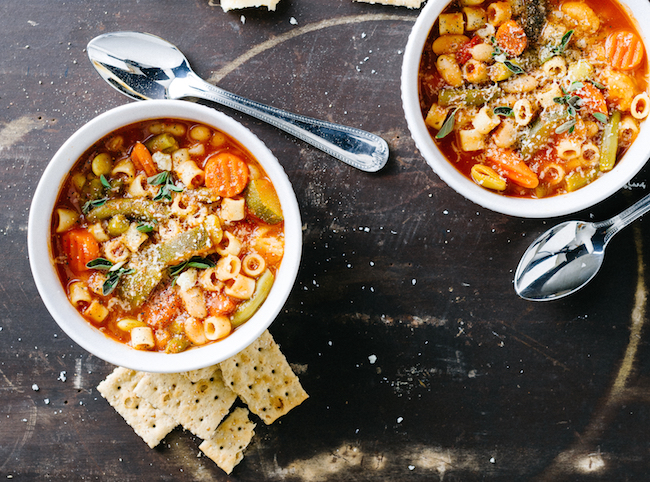
What it is:
Translated as “little thimbles,” ditalini are very tiny tubes of pasta.
How to use it:
This type of pasta goes well with creamy sauces (it would be a great type of pasta for mac ‘n’ cheese for instance). It’s often employed in pasta e fagioli soup.
5. Farfalle
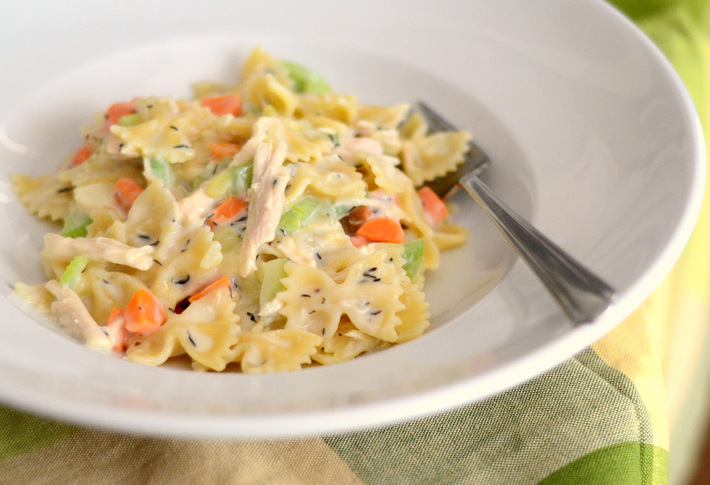
What it is:
These pasta portions bear a strong resemblance to small bow ties. In fact, some call farfalle “bow tie pasta.”
How to use it:
This unique pasta shape is surprisingly versatile. It’s well suited for tomato-based sauces, cream sauces, and butter or olive oil. It also works when combined with stir-fried vegetables or meat. Try it in our recipe for Chicken Pot Pie Pasta!
6. Fettuccine

What it is:
Fettuccine are flat ribbons of pasta, somewhere between linguine and pappardelle in width.
How to use it:
Since this is a fairly sturdy pasta, it can hold up to thicker sauces and works well with chunks of meat or vegetables. Fettuccine alfredo is a classic dish to make with this type of pasta.
7. Lasagna

What it is:
Large, wide, flat sheets of pasta with ridged edges.
How to use it:
Lasagna is probably most famously used in the dish that bears the same name, a sort of pasta casserole composed of layers of lasagna, sauce, cheese and other fillings. However, it can also be used to make lasagna roll-ups or even a hearty and delicious lasagna soup!
8. Linguine
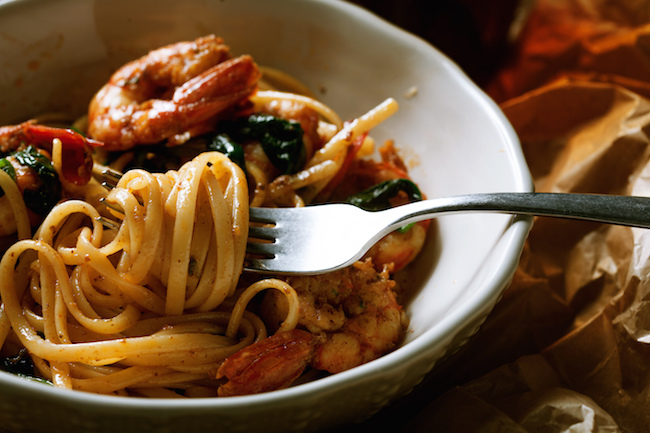
What it is:
Long, thin, flat strips of pasta that resemble flattened spaghetti.
How to use it:
Linguine is often used in conjunction with clam-based sauces or in other seafood dishes. But it’s fairly versatile! It works with slightly “wet” sauces, from tomato- to cream-based and beyond.
9. Macaroni
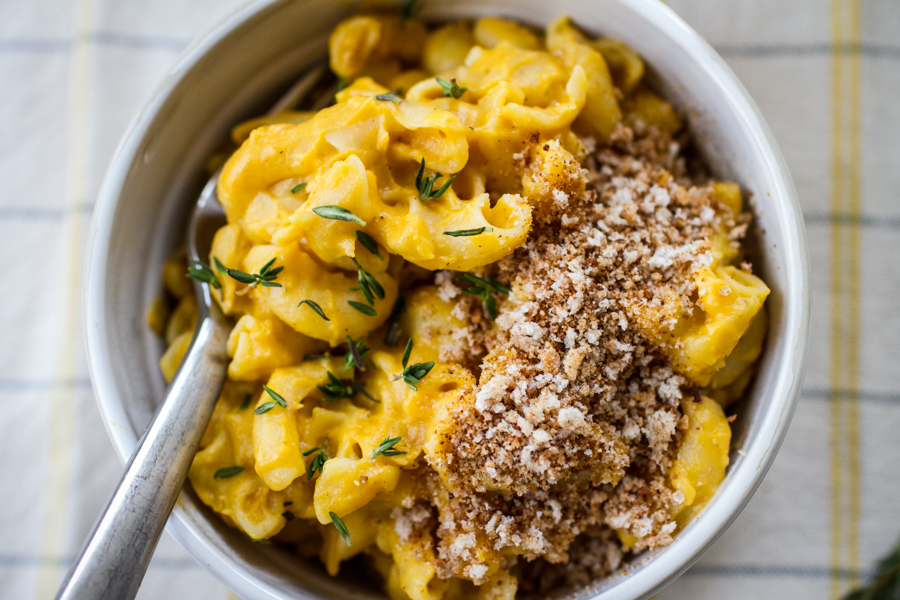
What it is:
Small, bent tubes of pasta.
How to use it:
Think of the hollow space inside of macaroni like a vehicle for gooey deliciousness. Cream sauces, melty cheeses or tomato sauces without many chunks can all stuff themselves in macaroni, yielding flavorful results. And of course, let’s not forget about classic macaroni and cheese! Try our Butternut Squash Mac ‘n’ Cheese for a seasonal twist on the classic.
10. Manicotti
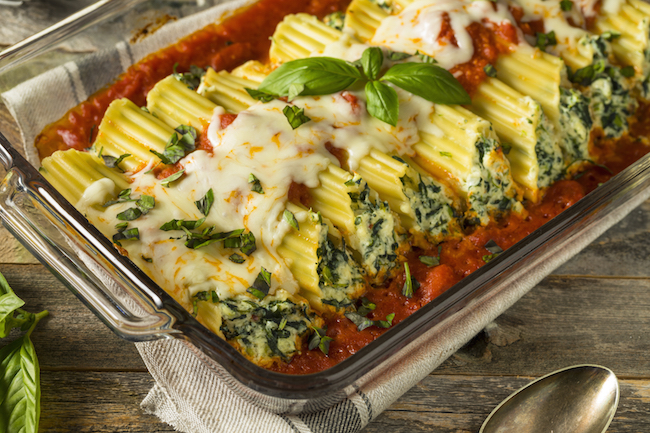
What it is:
Similar to cannelloni, manicotti are large, ridged tubes of pasta.
How to use it:
If hollow tubes of manicotti seem like they’re asking to be stuffed with filling, you’re right. Manicotti is frequently stuffed with ricotta and then baked with tomato sauce.
11. Orecchiette
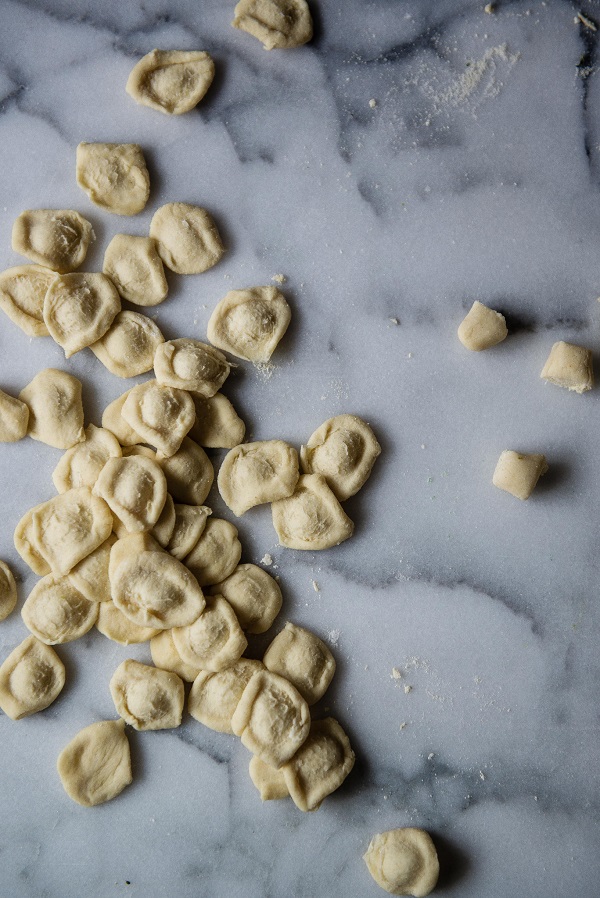
What it is:
Orecchiette translates as “little ears,” and the small pasta shapes do indeed resemble little cartoon ears, or perhaps misshapen bowls.
How to use it:
When making orecchiette dishes, consider slightly thicker sauces or juicy ingredients like broccoli rabe and sausage, which can fill the little vessels in the pasta shape with flavor. For extra flavor, make our easy homemade orecchiette.
12. Pappardelle
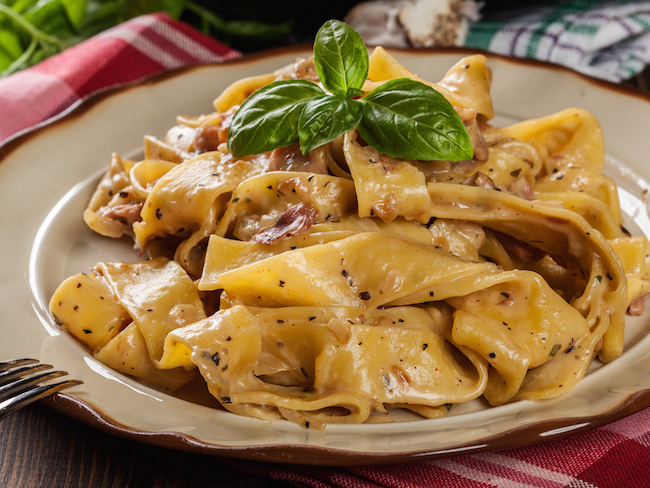
What it is:
Thick, flat ribbons of pasta. Almost like fettuccine, but significantly wider.
How to use it:
Sturdy pappardelle is built to hold up to sturdy sauces. Bring on the thick, chunky meat sauces or stir-fried ingredients with this workhorse pasta.
13. Pastina
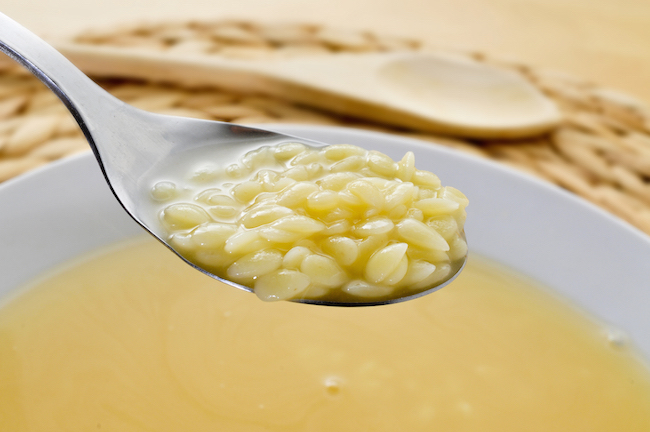
What it is:
Tiny (only a few millimeters!) spheres of pasta.
How to use it:
A light and spritely pasta like this can get lost in sauce. Keep it simple by serving it with a light topping, such as olive oil or butter, some seasoning, and maybe a shake of Parmesan cheese. It’s also great in soups!
14. Penne
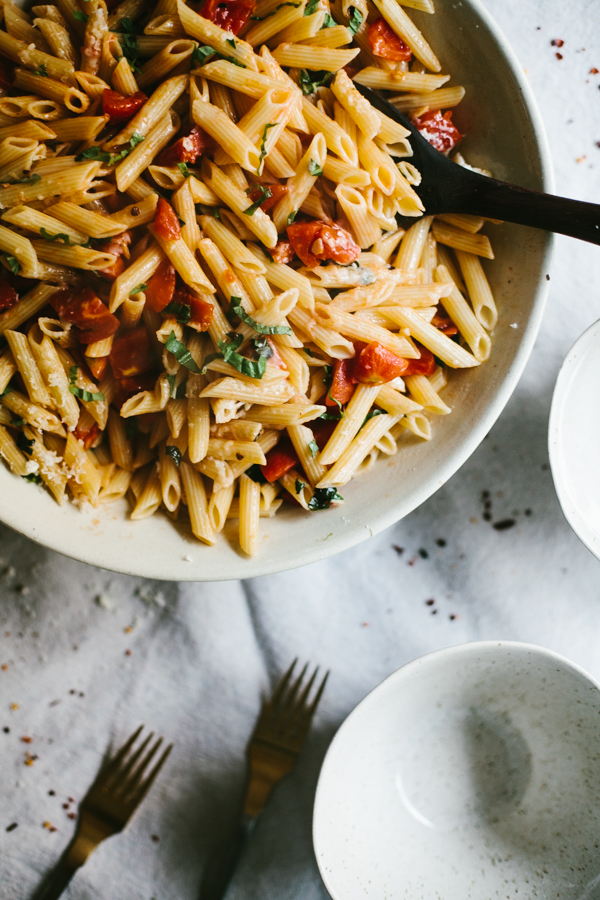
What it is:
Medium-sized ridged tubes of pasta with edges cut at a diagonal.
How to use it:
Penne pairs well with a number of sauce types, including cream-, tomato- or meat-based sauces. Try to keep the consistency of sauces less chunky so that the sauce can flow into the hollow tubes of pasta and imbue them with flavor. Our recipe for pasta arrabbiata is a great starting point.
15. Rigatoni
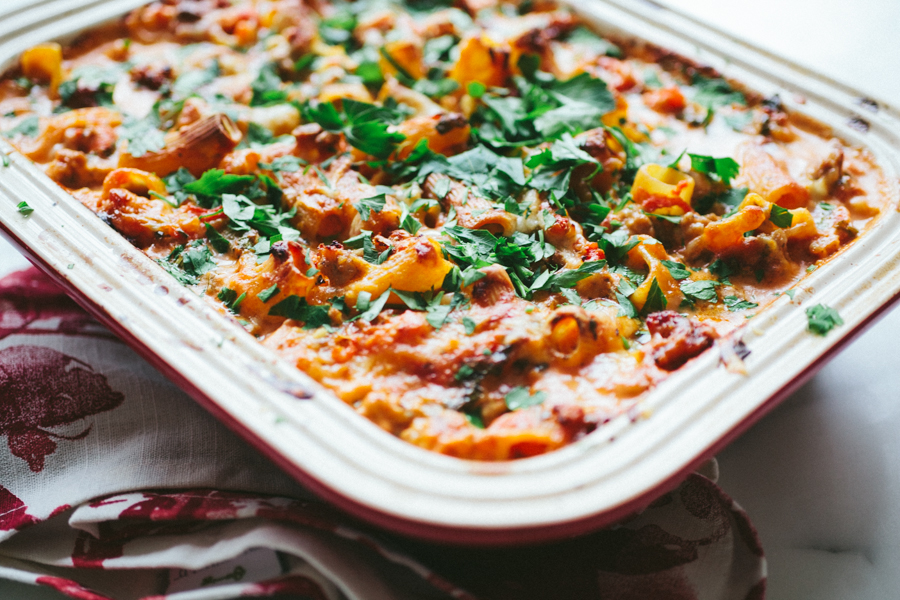
What it is:
Medium-sized tubes of ridged pasta, typically slightly larger and fatter than penne, with flat ends.
How to use it:
The larger hollow space in rigatoni means that it’s well suited to slightly chunkier or more textured sauces. Meat sauces, cream sauces and dishes with vegetables are all good fits for rigatoni.
16. Rotelle

What it is:
Shaped like little wagon wheels; also referred to as “wagon wheel pasta.”
How to use it:
Thick but not-too-chunky cream and tomato sauces work well with rotelle. It’s also well suited to pasta salad dishes.
17. Rotini
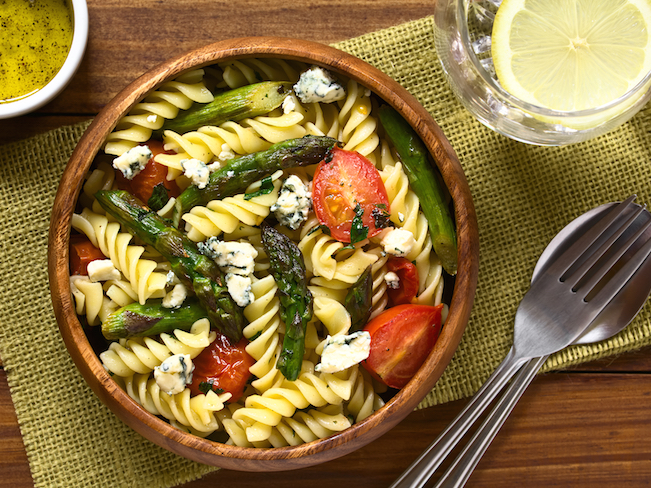
What it is:
Small- to medium-sized tightly wound spirals of pasta.
How to use it:
Use with sauces that can get into the nooks and crannies of this pasta. It works well with cream or tomato sauces, and it is also well suited to baking in casseroles.
18. Tagliatelle
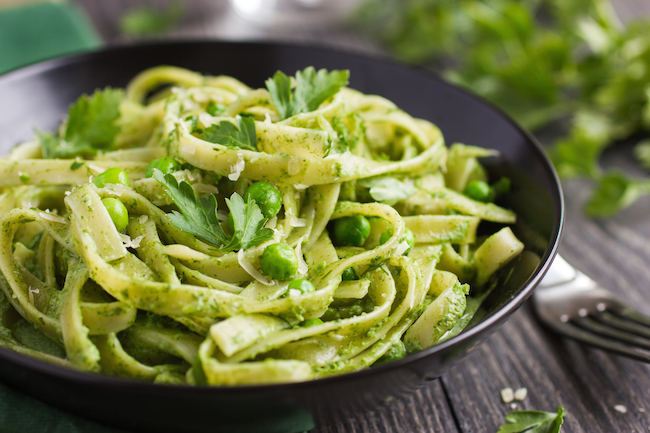
What it is:
Flat ribbons of pasta, somewhere between fettuccine and pappardelle in width.
How to use it:
Oil, garlic and seafood dishes are all well suited to these ribbons of pasta. They’re also thick enough to stand up to heavier, meaty sauces.
19. Torchio
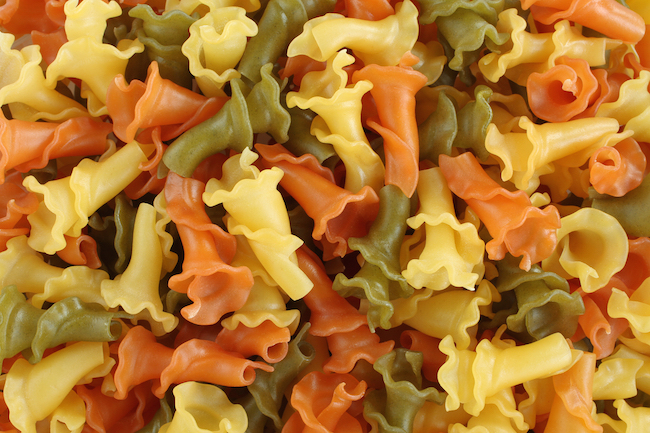
What it is:
Elegant twirls of pasta with a bell-like shape.
How to use it:
Consider sauces that have a consistency will lets the get caught in the little cups of the bells of this pasta. Thicker but not too chunky cream- or tomato-based sauces work well.
20. Ziti
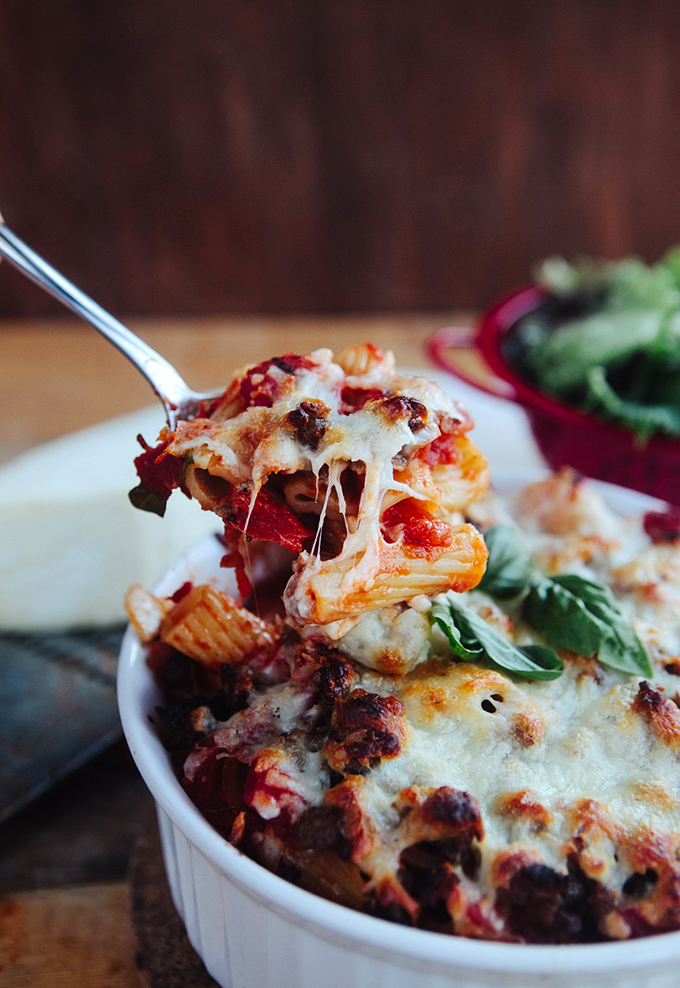
What it is:
Medium-sized, smooth-sided tubes of pasta.
How to use it:
Choose sauces or toppings that are thick enough to “stick” to the smooth sides. Ziti is famously employed in baked ziti, which is a casserole made using tomato sauce and cheese.
Does anyone answer questions these days?
The photo of ziti shows ridged sides not smooth as in your description.